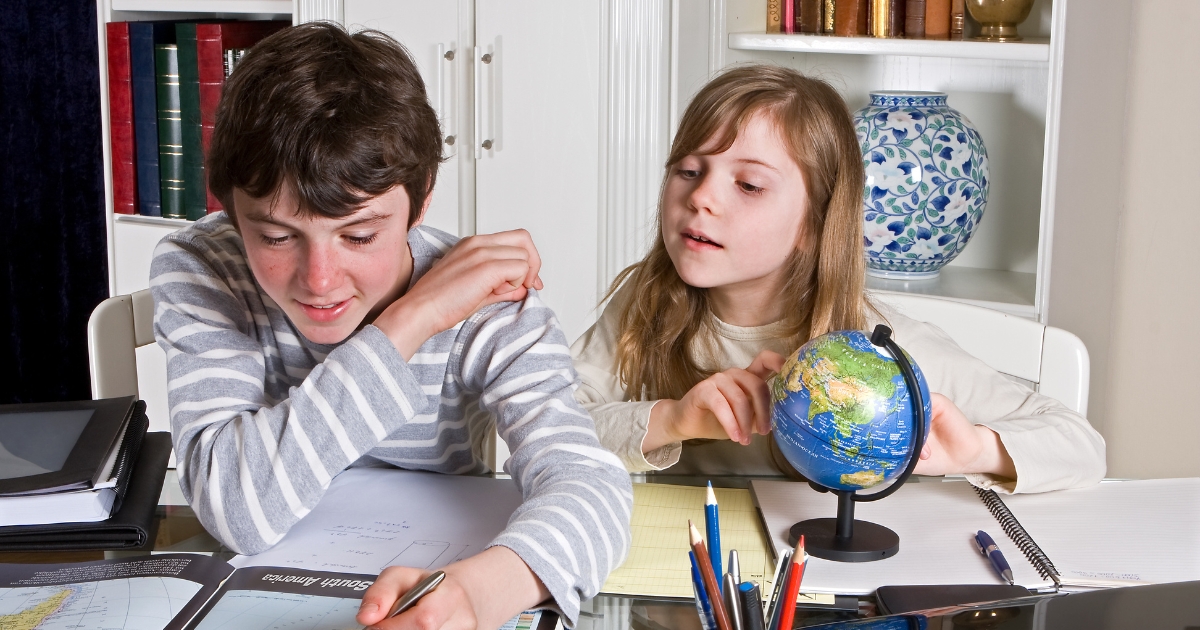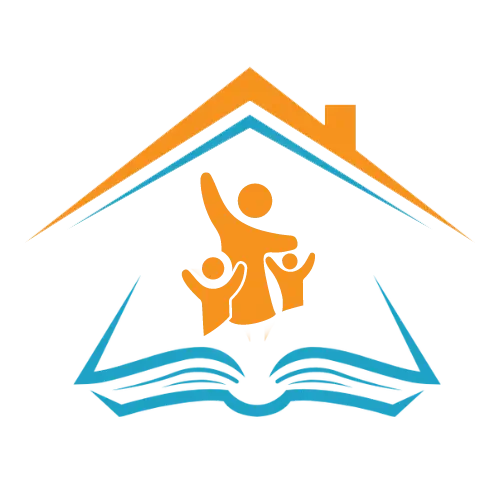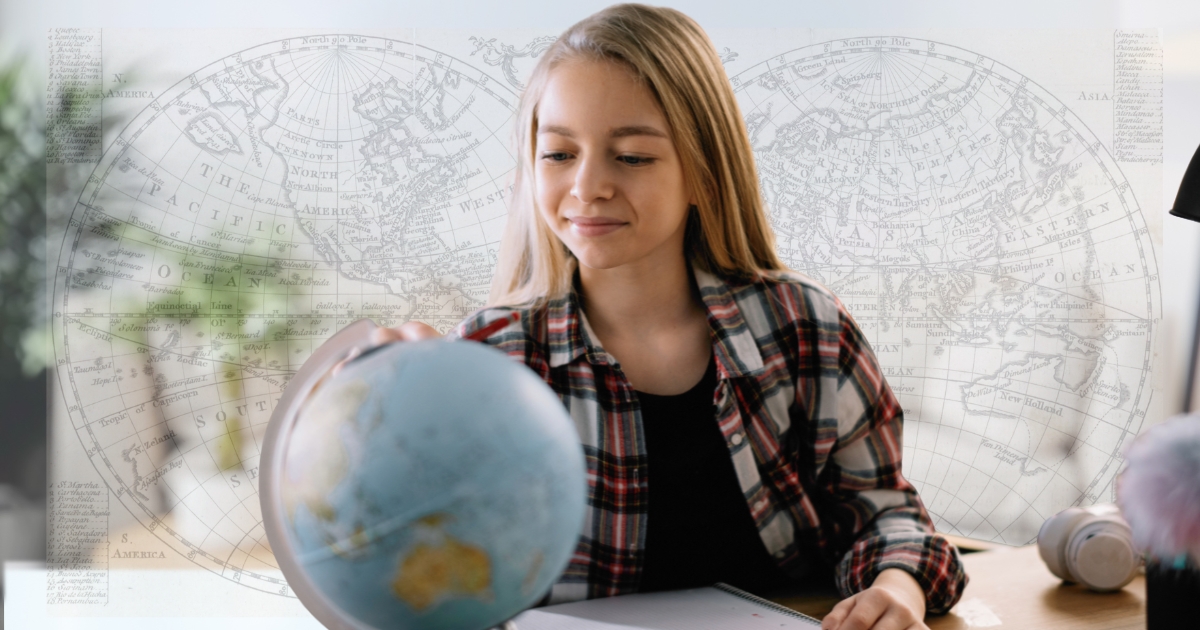Teaching geography at home can open up a world of possibilities—literally. Geography isn’t just about memorizing maps and capitals; it’s an invitation to explore cultures, landscapes, and ecosystems across the globe. For homeschooling parents, finding engaging and hands-on ways to teach this subject is key. From virtual tours to at-home activities, here are practical and actionable insights to inspire your homeschool geography activities.
Making the Most of Virtual Geography Tools
The internet offers a treasure trove of resources for learning geography, and many are free or affordable. Virtual tools allow students to explore the world without leaving their home, making it easier than ever to teach geography creatively.
Virtual Tours and Tools to Try
1. Google Earth
This platform is perfect for virtual geography lessons. Students can “travel” to any corner of the globe to explore cities, natural landmarks, and historical sites, all while learning how to read maps.
2. National Geographic Education
With interactive maps, videos, and lesson plans, this resource simplifies teaching about world geography and ecosystems.
3. Smithsonian Open Access
Access digital collections featuring artifacts from around the world to connect geography with history and culture.
4. Live Virtual Tours
Many organizations, including national parks and heritage sites, offer live or recorded digital tours. Kids can hike through Yellowstone or visit the Great Wall of China in real time.
Tips for Using Virtual Tools Effectively
- Plan Ahead
Map out your lesson objectives before you begin. For example, focus on exploring continents one at a time or building lessons around themes like “major rivers.”
Pause during virtual tours to ask questions like, “What do you notice about the landscape?” or “What might the climate be like here?”
- Supplement With Offline Activities
Pair virtual learning with hands-on activities, such as drawing maps or writing short reports on what was “visited.”

Creating a Globally Inspired Lesson Plan
Homeschooling provides the flexibility to go beyond textbooks and customize geography lessons. Here’s how to set up a well-rounded program that keeps kids engaged:
Key Components to Include
- Map Skills
Start with basics like continents, oceans, and major countries. Kids can color in world maps or label and identify regions on blank outlines.
- Cultural Studies
Introduce foods, music, and holidays from specific countries. Research recipes to cook together or find videos of traditional dances.
- Physical Geography
Teach about landforms, climates, and ecosystems. Use videos or simulations to demonstrate how natural features like mountains or rivers form.
- Global Issues
Incorporate topics like climate change, migration, and conservation. These discussions not only teach “big picture” geography but also foster critical thinking skills.
Flexible Weekly Framework
- Monday: Focus on physical geography by exploring maps and earth science topics. Use resources from NASA, such as satellite imagery.
- Wednesday: Do a cultural deep-dive into a specific region. Highlight language, traditions, and art.
- Friday: Conduct a hands-on project, like building a 3D topographical map or creating an interactive poster about a particular country.
Rotating these themes ensures lessons don’t feel repetitive and gives kids time to absorb information.
Hands-On Geography Activities for At-Home Learning
While virtual lessons are effective, there’s no substitute for active learning through creativity and problem-solving. Hands-on activities make geography interactive and fun, while reinforcing what’s taught during online sessions.
- Build a Globe or Map from Scratch
Get crafty by building a globe out of papier-mâché or creating a large world map on poster paper. Kids can color, label, and decorate it to reflect regions they’ve been studying.
- Create a “Country of the Week” Box
Pick a different country each week, then fill a small box or bin with items that represent that country, such as:
- Photos of landmarks.
- Recipes and ingredients for native dishes.
- Fun facts about population, geography, or animals.
Allow your child to “unbox” the materials and explore them as part of the week’s lesson.
- Geography Scavenger Hunt
Label household items or create picture cards that represent countries, cities, and landmarks. Hide these around the house and provide your child with clues, so they must connect each clue to the right geography concept to find the next one.
- DIY Weather Station
Learning about climates can be hands-on, too. Together with your child, make a small weather station to track local weather patterns. Once they’ve mastered how weather works here, compare patterns with those of a different region.
These activities are not only enjoyable but also active ways to reinforce key geography concepts.
Encouraging Curiosity Through Culture
One of the most rewarding aspects of studying geography is the window it opens into global diversity. You can bring this sense of curiosity into your homeschool by spotlighting cultural experiences.
Start by selecting a cultural element, like food. Cooking a traditional dish from the region you’re teaching about can make the culture feel tangible. Explore mariachi music during a Mexico lesson, or play sitar recordings when studying India. Watch films about cultures or read children’s books that depict life in various countries.
Storytelling also works wonders for teaching about geography. Choose folklore, fables, or historical events tied to specific regions. For example, when studying Greece, reading myths like “The Odyssey” can make learning feel like an adventure.
Additionally, consider incorporating guest speakers or interviews into your lessons via virtual platforms. Talking directly with someone from another country makes learning about geography personal and memorable.
Exploring Conservation and the Environment
Geography isn’t just about memorizing where things are; it’s also about understanding how places connect with global challenges. Lessons on conservation and ecosystems help kids see the bigger picture.
Introduce biome studies, focusing on the unique features of deserts, rainforests, and tundras. Use virtual field trips to explore these regions or research projects where kids imagine they are park rangers tasked with protecting wildlife habitats.
Another way to bring home the importance of geography is by tracking current events through a global lens. For instance, follow migration patterns related to changing climates or discuss the importance of preserving endangered species like orangutans in Borneo.
Tying It All Together
Whether you’re exploring maps, embarking on a virtual tour, or cooking meals from different countries, homeschool geography activities can be both fun and impactful. Geography lessons aren’t just about gaining knowledge of places across the globe. They’re about building a mindset that encourages curiosity, empathy, and a love of adventure—all from the comfort of your home.




